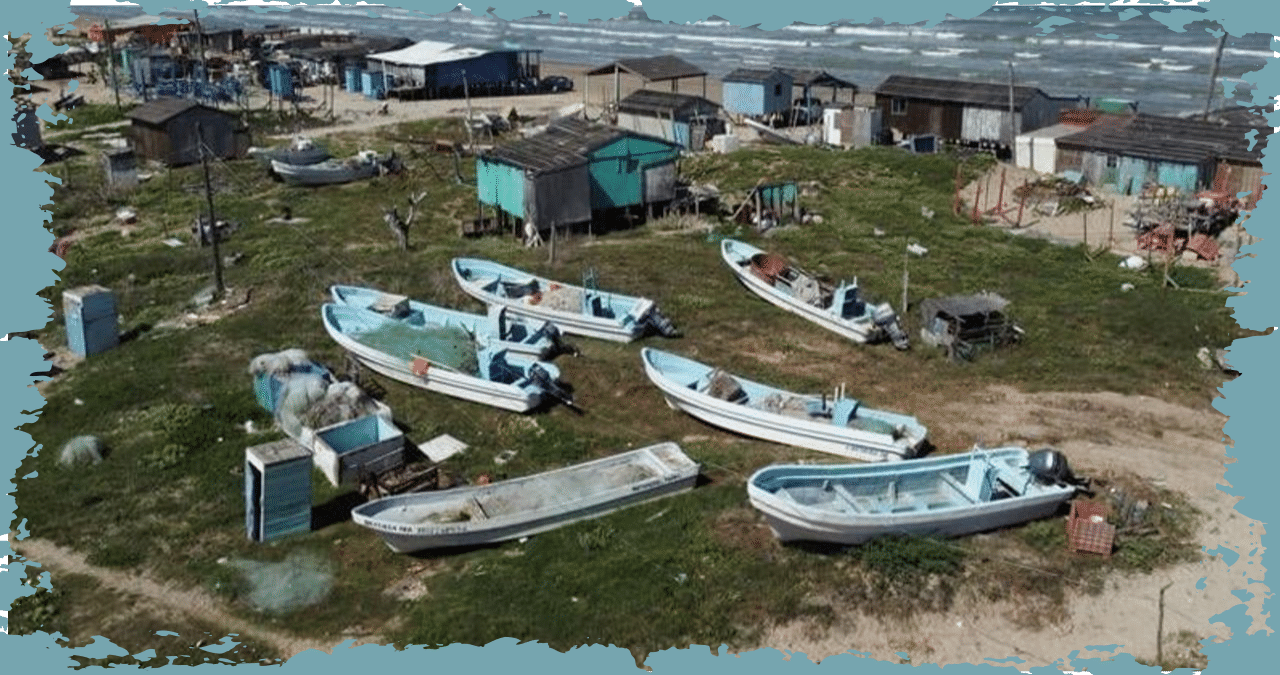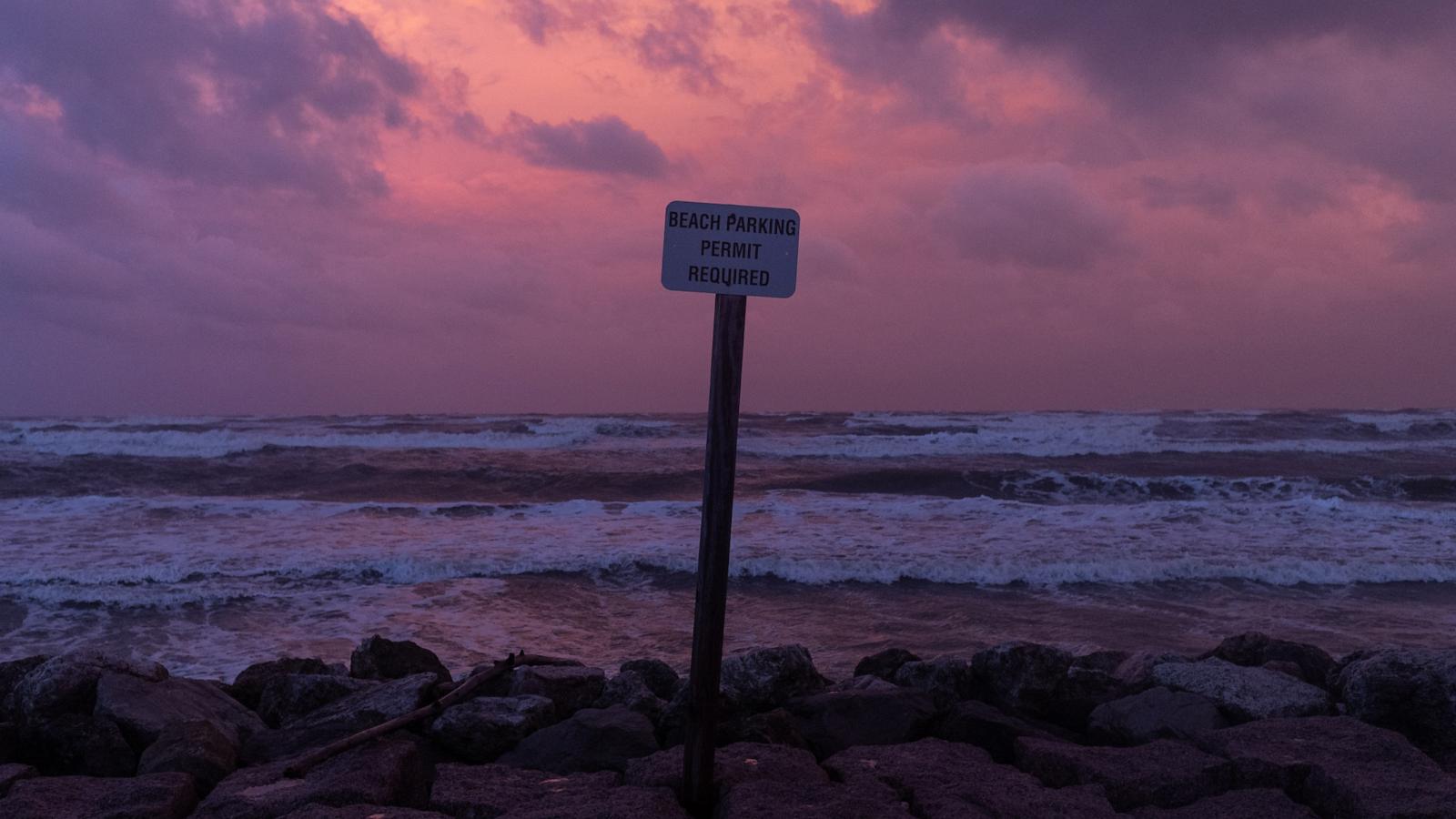Historical Impact of Hurricane Beryl in Texas: Hurricane Beryl Texas

Hurricane beryl texas – Hurricane Beryl made landfall in Texas as a Category 3 hurricane in 2018, bringing with it devastating winds, storm surge, and flooding. The storm’s impact was felt across the state, with major damage reported in coastal areas and inland.
Hurricane Beryl made landfall in Texas as a Category 1 hurricane, bringing heavy rains and strong winds. The storm caused widespread damage, leaving thousands of people without power. The hurricane is now moving inland, but it is still expected to bring heavy rain to parts of Texas and Louisiana.
For more information on the hurricane and its impact on Texas, visit hurricane texas. The storm is expected to weaken as it moves further inland, but it is still important to be prepared for any potential flooding or other hazards.
According to the National Hurricane Center, Hurricane Beryl caused an estimated $3 billion in damage in Texas. Over 1 million people were affected by the storm, with many losing their homes and businesses. The hurricane also caused significant damage to the state’s infrastructure, including roads, bridges, and power lines.
Long-Term Effects
The long-term effects of Hurricane Beryl are still being felt in Texas today. The storm caused significant damage to the state’s coastal ecosystems, including wetlands and barrier islands. These ecosystems provide important habitat for wildlife and help to protect the coastline from erosion. The hurricane also caused significant damage to the state’s economy, particularly in the tourism and fishing industries.
As Hurricane Beryl bears down on Texas, residents are bracing for the worst. While the storm is expected to bring heavy rain and wind, there is also a risk of flooding and storm surge. In addition, there have been reports of texas shark bite in the area, so swimmers should be aware of the potential danger.
The hurricane is expected to make landfall late tonight or early tomorrow morning, so residents should be prepared to take shelter.
Preparedness and Response to Hurricane Beryl

As Hurricane Beryl approached Texas, local, state, and federal agencies implemented comprehensive measures to prepare for and respond to the storm’s impact. These efforts aimed to minimize damage, protect lives, and provide timely assistance to affected communities.
Evacuation plans were meticulously crafted and disseminated, outlining designated evacuation zones and safe routes for residents in areas at risk. State and local authorities coordinated transportation and shelter arrangements for those who needed to evacuate, ensuring their safety and well-being.
Evacuation Plans and Procedures
- Mandatory evacuations were issued for coastal areas and low-lying regions predicted to experience severe flooding and storm surge.
- Evacuation routes were established and clearly marked, guiding residents away from hazardous areas.
- Emergency shelters were set up in safe locations, providing refuge for evacuees with food, water, and medical assistance.
Resource Provision and Support
During and after the storm, a wide range of resources and support were provided to victims. Emergency responders, including law enforcement, fire departments, and medical personnel, worked tirelessly to rescue stranded individuals, clear debris, and restore essential services.
- Federal agencies, such as FEMA and the Red Cross, deployed teams to distribute food, water, and supplies to affected communities.
- Non-profit organizations and volunteers mobilized to provide shelter, counseling, and emotional support to those in need.
- Insurance companies expedited claims processing to assist homeowners and businesses with recovery costs.
The collective efforts of local, state, and federal agencies, coupled with the resilience of Texas communities, contributed to a swift and effective response to Hurricane Beryl, minimizing its impact and facilitating recovery.
Lessons Learned from Hurricane Beryl
Hurricane Beryl exposed both strengths and weaknesses in Texas’s hurricane preparedness and response system. While the state’s early warning system and evacuation plans proved effective in minimizing casualties, there were areas where improvements could be made to enhance resilience to future storms.
Communication and Coordination
One of the key lessons learned from Hurricane Beryl was the importance of effective communication and coordination among all levels of government, emergency responders, and the public. During the storm, there were instances of miscommunication and confusion, which led to delays in response and recovery efforts.
To address this issue, Texas has implemented a new statewide communication system that will improve coordination and information sharing among all stakeholders. The system will provide real-time updates on weather conditions, evacuation routes, and shelter availability.
Evacuation Planning
Hurricane Beryl also highlighted the need for more comprehensive evacuation planning. While the state’s evacuation plans were generally effective, there were some areas where improvements could be made.
One area of concern is the lack of transportation options for residents who do not have access to a vehicle. To address this issue, Texas is working to develop a statewide transportation plan that will provide transportation assistance to those who need it during an evacuation.
Another area of concern is the need for more evacuation shelters. During Hurricane Beryl, many shelters were overcrowded and understaffed. To address this issue, Texas is working to increase the number of evacuation shelters and to improve the quality of care provided at these shelters.
Resilience and Recovery, Hurricane beryl texas
Hurricane Beryl also taught us the importance of resilience and recovery. After the storm, many communities were devastated and needed assistance to rebuild.
To help communities recover from future storms, Texas has created a new disaster recovery fund. The fund will provide financial assistance to communities that have been impacted by a natural disaster.
Texas has also created a new resilience program that will help communities to prepare for and recover from future storms. The program will provide training and technical assistance to communities on how to develop and implement resilience plans.
By learning from the lessons of Hurricane Beryl, Texas can improve its hurricane preparedness and response system and make its communities more resilient to future storms.